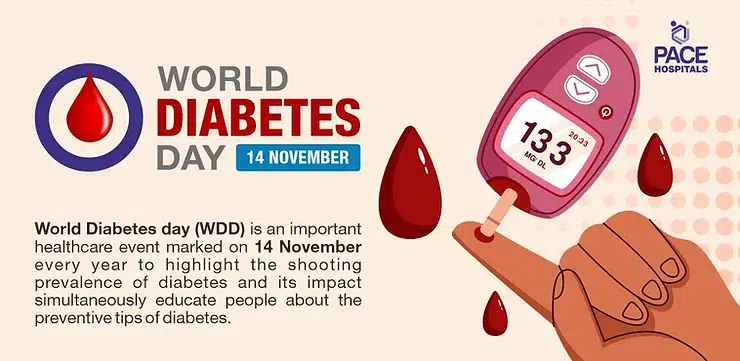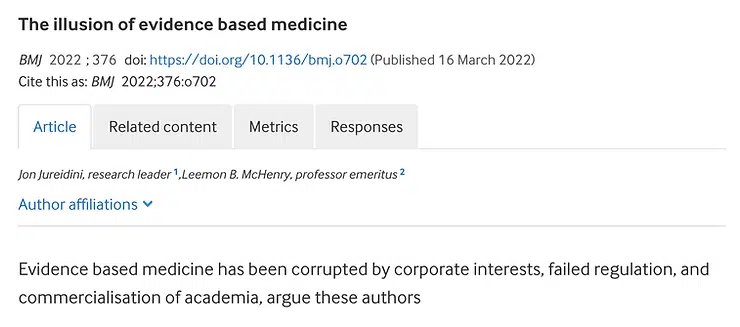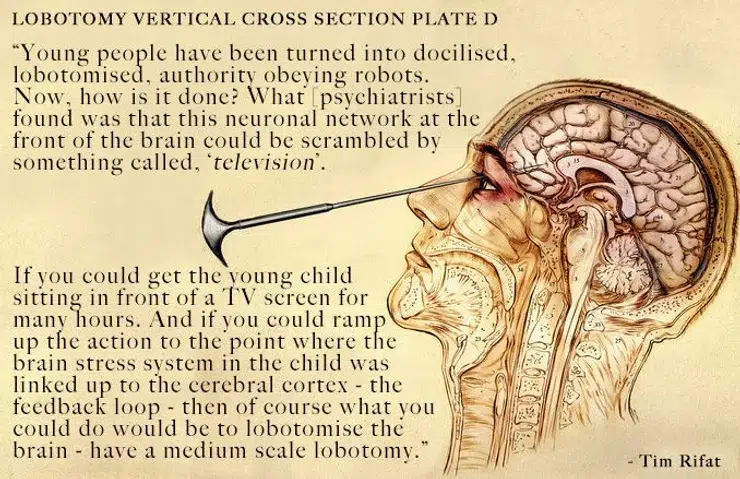At the age of 20, during my military service, I was diagnosed with an inflammatory bowel disease called ulcerative colitis. The doctors said it was chronic, that it could not be cured, that I would have to take medication for the rest of my life.
For eight years I lived with the disease, taking medication 3 times a day, and over time more and more pills for the side effects of the medication.
I hated reality, I hated being sick, not feeling well, not controlling my body, not understanding why it was like that.
All these years I waited and hoped that medicine and science would finally find the solution to my condition.
After eight years with the disease, I was exposed to knowledge that I had not been exposed to before, knowledge about self-healing.
YouTube testimonies from people who had cured themselves of almost every possible disease.
Articles by doctors of a different breed that I had not yet met, about the connection between nutrition, inflammation, and most diseases (inflammation is the basis of most diseases).
Studies on nutrition, physiology, hormones, sun, chemicals, nature, diseases and more.
I realized that maybe my disease could be cured.
From that insight, I continued to research, read, listen, meet and especially experiment on my body with everything I learned.
Within a few months, I cured myself of the disease. The doctor after the colonoscopy was speechless.
When I came out of the examination, I was in the clouds, I did it! I did the impossible, I cured myself of the disease.
But the joy lasted only a few minutes, and then questions arose in me:
1 – Why did I get sick in the first place?
2 – What exactly did I do to make my body heal itself?
3 – How do I make sure that this does not happen again in my life?
4 – Why do people get sick all the time, more and more?
5 – Why is there no discussion about self-healing?
These questions led me to write my first book, “Stomach Rules” and start the podcast.
From there, the journey only continues, the insights intensify, and the understanding of illness and healing only becomes clearer.
But illness, above all, is a matter of consciousness, we live in a world that encourages illness, the discourse about illness, medicines and hospitals precedes the discourse about healing, preventive medicine, the meaning of nutrition and a healthy lifestyle.
We live in a world where people are invited through street signs to discover diseases.
Come get tested for breast cancer, colon cancer, women’s diseases, sexually transmitted diseases or simply raise awareness of existing diseases in order to normalize them

And while diagnosis is important, there is no mention of lifestyle changes that can prevent these diseases in the first place. And let’s not even talk about the harms associated with invasive or ionizing tests and medications.
To answer these questions, you need to know the history of allopathic medicine (Western medicine).
Allopathic medicine, by definition, is a system in which doctors and other health professionals (such as nurses, pharmacists, and therapists) treat symptoms and diseases using drugs, radiation, or surgery.
In essence, the goal of allopathic/Western medicine is not to cure, but to provide a solution and help patients maintain a life of reduced suffering through medication. Note the definition – it does not offer a cure – but rather the treatment of symptoms through medication.
Has it always been this way? Have drug treatment, invasive tests, vaccinations, and medications always been so dominant?
We are raised to believe that the only doctors qualified to give us medical care and reliable health information are those who graduated from university medical schools with a D.M. degree, while natural (holistic) medicine is perceived by most of the public as less reliable.
It is considered at best to have added “complementary” value (complementary medicine) but certainly not as an equal substitute for conventional medicine and, at worst, as quackery lacking an evidence base. This was not always the case.
In Western medicine, since the days of Hippocrates, and especially in the 18th and 19th centuries, two main schools of thought have dominated:
Natural medicine (mainly homeopathy, osteopathy and naturopathy), whose approach was to strengthen the body’s systems so that the patient can overcome the disease on his own.
Rational medicine, which was based on theory, through a focus on the anatomy and biochemistry of the body.
In Western medicine, since the time of Hippocrates, and especially in the 18th and 19th centuries, two main schools of thought have dominated:
Natural medicine (mainly homeopathy, osteopathy, and naturopathy), whose approach was to strengthen the body’s systems so that the patient could overcome the disease on his own.
Rational medicine, which was based on theory, through a focus on the anatomy and biochemistry of the body.
The doctors who practiced this method believed that the doctor should aggressively neutralize the disease from the body, and to achieve this they relied mainly on the following:
A. Administering poisons such as mercury and lead.
B. Surgery.
Because the treatments were very aggressive, many patients died from the treatment rather than the disease.
Despite the severe disagreements between the two aforementioned schools of thought, the balance between them was maintained until the beginning of the 20th century.
So how did we get to a situation where the only medical treatment offered is by very unnatural, very expensive, very self-interested health systems, which proclaim themselves to be science-based medicine, and are founded on theories, some of which have not been proven and some of which have arguments against their relevance?
Recommended reading: The illusion of science-based medicine

In the 19th century, homeopathy developed in the United States and became very popular.
By the last quarter of the 19th century, about 8% of physicians in the United States practiced homeopathy.
Many homeopaths studied in allopathic medical schools, and their large number led to homeopaths opening their own schools or opening homeopathy departments in other medical schools.
In 1849, during the cholera epidemic, homeopaths in Cincinnati were so successful in treating people that they published a list of their patients in the newspaper every day – the names and addresses of those who recovered and those who died. Only 3% of the 1,116 patients treated with homeopathy died, while 48%-60% died after allopathic medical treatment.
In addition to effective treatment of infectious diseases, homeopathy offered treatment for a variety of acute and chronic diseases.
So, although the popularity of homeopathy in the US was clear – there is almost no mention of it in the history books of modern medicine in America.
When homeopathy is already mentioned, it is associated with charlatanism, the science of “placebo” and not of “real” medicines.
The beginning of the hunt
In 1847, non-homeopathic doctors founded the American Medical Association (AMA).
And in a strategic move, the AMA decided to allow graduates of homeopathic schools to join them as long as they condemned homeopathy or at least did not practice it – the first step of a medical dictatorship?
Doctors who practiced homeopathy were expelled from all medical associations, and the AMA issued a code of ethics according to which the membership of orthodox doctors in the association would be revoked if they practiced a different method.
A doctor who wanted to be part of the association was forbidden to practice homeopathy, associate with, advise or even consult a doctor who practiced as a homeopath (regardless of the patient’s wishes). Violation of any prohibition led to the denial of membership in the association.
The takeover of allopathic medicine over the medical establishment in the Western world is the result of a combination of interests of allopathic doctors and interests of the richest businessmen in the United States at the time – John D. Rockefeller, J. P. Morgan and Andrew Carnegie.
With the help of their money and influence, in cooperation with the heads of the American Medical Association, Rockefeller, Morgan and Carnegie succeeded in implementing a business plan that turned medicine into an industry that brings in huge profits for pharmaceutical and vaccine companies, manufacturers of medical equipment and many other factors related to this industry.
A chain of events that changed the system of relationships between humans and their bodies, minds and life itself.
At the end of the 19th century, John Rockefeller, who had become rich from the oil business, also entered the field of medicine. The first painkillers and fever reducers were made from tar byproducts. In 1901, Rockefeller founded the Institute for Medical Research.
In 1883, the AMA (American Medical Association) journal, now known as JAMA – Journal of the American Medical Association, was founded. From 1899 to 1924, George Simmons was the editor-in-chief of the journal, and he turned the association and the editorship into a very profitable business. He licensed companies’ products in exchange for those companies’ publications in the association’s journal. For years, drug companies paid Simmons huge bribes to promote products whose effectiveness or safety had not even been tested.
Tobacco companies became among the largest advertisers in JAMA, even though there were already studies that indicated a direct link between smoking and lung cancer.
In the 19th century, homeopathy developed in the United States and became very popular.
By the last quarter of the 19th century, about 8% of physicians in the United States practiced homeopathy.
Many homeopaths studied in allopathic medical schools, and their large number led to homeopaths opening their own schools or opening homeopathic departments in other medical schools.
In 1849, during the cholera epidemic, homeopaths in Cincinnati were so successful in treating people that they published a list of their patients in the newspaper every day – the names and addresses of those who recovered and those who died. Only 3% of the 1,116 patients treated with homeopathy died, while 48%-60% died after allopathic medical treatment.
In addition to effective treatment of infectious diseases, homeopathy offered treatment for a variety of acute and chronic diseases.
So, although the popularity of homeopathy in the US was clear – there is almost no mention of it in the history books of modern medicine in America.
When homeopathy is already mentioned, it is associated with charlatanism, the science of “placebo” and not of “real” medicines.
The beginning of the hunt
In 1847, non-homeopathic doctors founded the American Medical Association (AMA).
And in a strategic move, the AMA decided to allow graduates of homeopathic schools to join them
As long as they condemned homeopathy or at least did not practice it – the first step of a medical dictatorship?
Doctors who practiced homeopathy were expelled from all medical associations, and the AMA issued a code of ethics according to which the membership of orthodox doctors in the association would be revoked if they practiced a different method.
A doctor who wanted to be part of the association was forbidden to practice homeopathy, associate with, advise or even consult a doctor who practices as a homeopath (regardless of the patient’s wishes). Violation of any prohibition led to the denial of membership in the association.
The takeover of allopathic medicine over the medical establishment in the Western world is the result of a combination of interests of allopathic doctors and interests of the richest businessmen in the United States at the time – John D. Rockefeller, J. P. Morgan and Andrew Carnegie.
With the help of their money and influence, in cooperation with the heads of the American Medical Association, Rockefeller, Morgan and Carnegie succeeded in implementing a business plan that turned medicine into an industry that brings in huge profits for pharmaceutical and vaccine companies, manufacturers of medical equipment and many other factors related to this industry.
A chain of events that changed the system of relationships between humans and their bodies, minds and life itself.
At the end of the 19th century, John Rockefeller, who had become rich from the oil business, also entered the field of medicine. The first painkillers and fever reducers were made from tar byproducts. In 1901, Rockefeller founded the Institute for Medical Research.
In 1883, the AMA (American Medical Association) journal, now known as JAMA – Journal of the American Medical Association, was founded. From 1899 to 1924, George Simmons was the editor-in-chief of the journal, and he turned the association and the editorship into a highly profitable business. He licensed companies’ products in exchange for publications






























